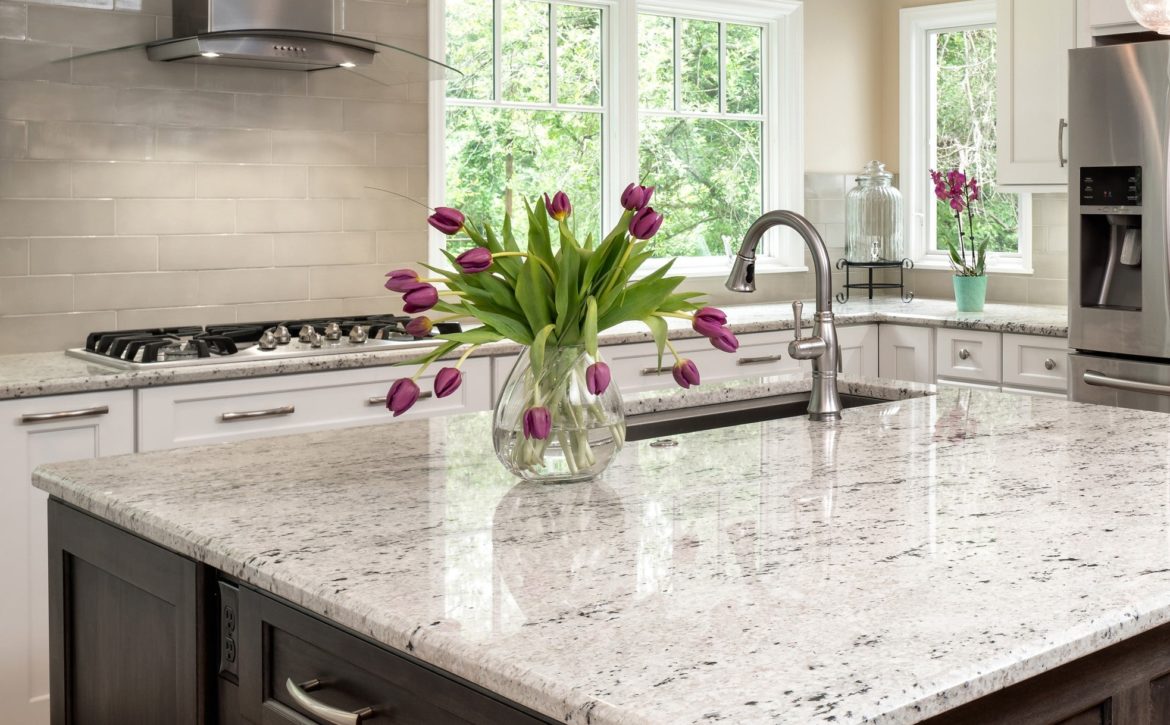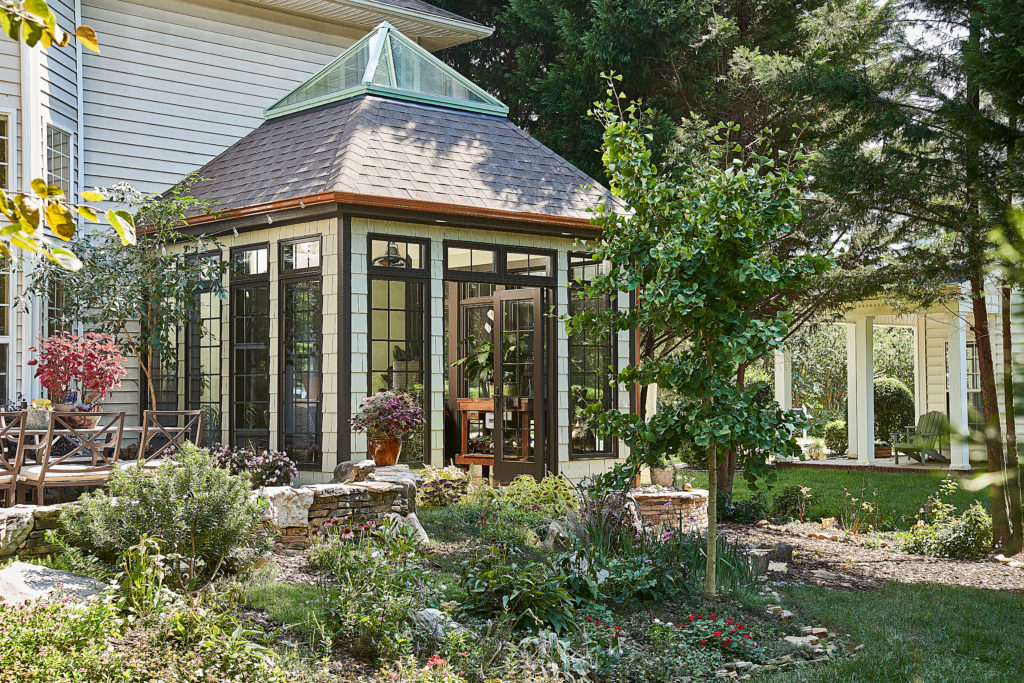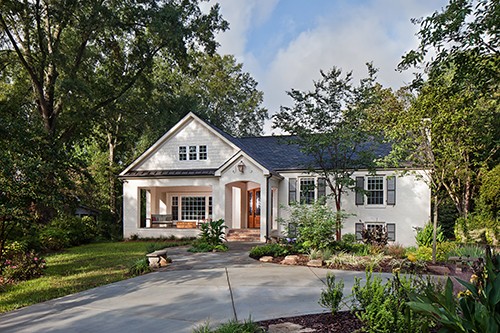Should I Remodel or Move?
The time has come for big decisions about your Charlotte home – should you remodel or move? Perhaps your kitchen is older than most college kids and is adorned with shades of brown and tan. Or maybe your bathroom is so old that the shower is growing things no amount of toxic chemicals can kill. You just found out that an in-law is coming to live with you AND you’re having ANOTHER baby! Ok, maybe not all of those things are happening to you all at once, but nonetheless, you are faced with the question that so many of our clients ask themselves (and us): should we remodel or move? It’s not an easy answer, but here are some great questions to discuss with your family while figuring out what’s right for you.

Remodel or Move: Do You Like Where You Live?
One of the biggest considerations when weighing remodeling versus moving is whether you like your neighborhood, the school system, the amenities, and the size of your yard. If you answer no to most of those, then start house hunting! If you answered yes, then focus on making the spaces in your home fit for how you and your family live and aim for a remodel plan. You can remodel your home, but you can’t choose your neighbors (sorry).
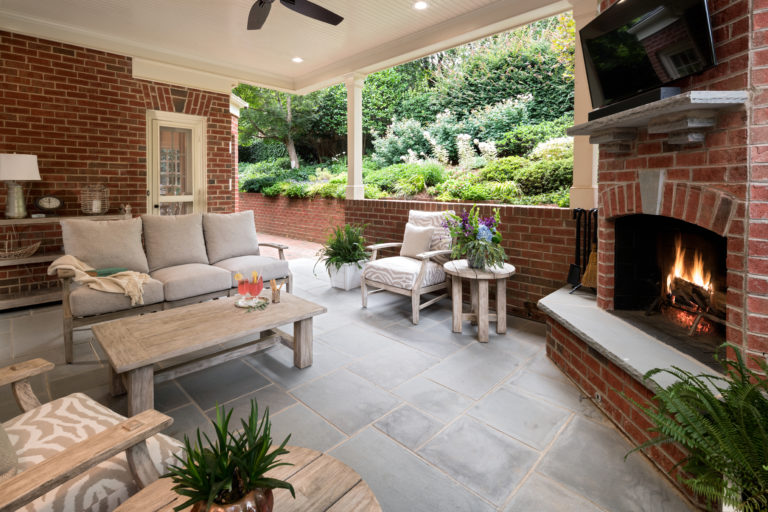
Remodel or Move: How much will it cost you to move versus remodeling?
Both remodeling and moving require an investment in time and resources. Remember that there will be mover fees, real estate commissions, temporary housing, storage fees, and other moving expenses that could be put back into your current Charlotte house if you decide to remodel instead of move.
There’s also the cost of fixing up your house just to put it on the market. It will be hard to sell your home for top dollar if it needs expensive things like a new HVAC system, roof, or a new paint job. How does the yard look? What about that funny smell in the basement? How about that ceiling stain that’s been ignored for years because it didn’t bother you or you never found the time? All of these things will turn off a prospective buyer and will require an investment to remedy them before listing.
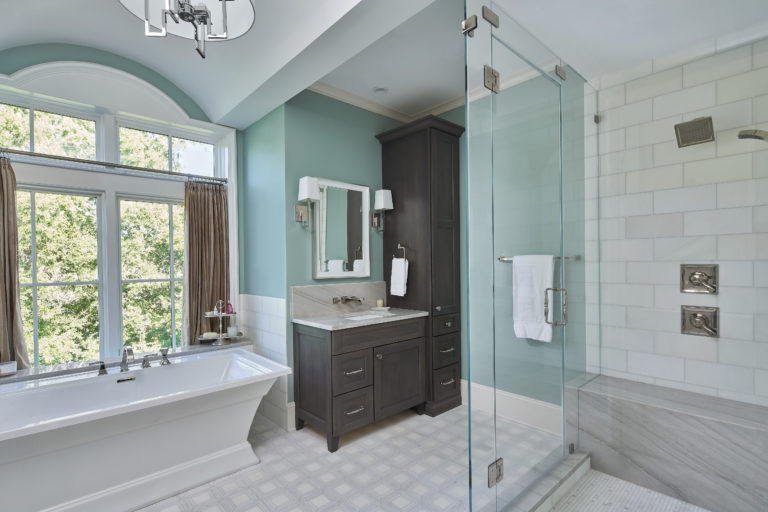
With extremely low housing stock at the time of this writing, it’s also unlikely you’ll find a home that’s in your desired neighborhood, school district, and price point that’s exactly what you want. It’s not uncommon for families to move to meet one need and then to remodel their new home to make up for what it’s lacking. Sometimes that’s the best choice, and other times it’s more effective to stay put and remodel your current home instead.
Remodel or Move: Can I Remodel My Home to Fit My Needs?
This is where a little homework will go a long way. Before you begin meeting with Charlotte remodeling companies to decide if your home is worth remodeling, make a list of all the things you want to improve. It may include a combination of minor fixes and improvements or larger ambitions like adding an owners’ suite addition. Now prioritize those needs and think about which ones are immediate and which ones you could stand to postpone if you had to.
A Charlotte remodeling professional can then help you understand all the other factors to consider that will need to be done to meet your goals. For example, to get a larger kitchen with the additional appliances you want, your electrical service may need to be replaced or significantly upgraded.
Or to expand your living room as part of an addition, you may need to redesign your outdoor living areas. Either way, you’ll either be pleasantly surprised that your project is not as complicated as you feared, or it is going to take more than you had thought. The important thing here is to find someone that you can trust to look at ALL of the factors to consider and not just the individual projects around the home. A comprehensive remodeling plan is important for making the right decision and for ensuring a smooth project with fewer surprises or headaches.
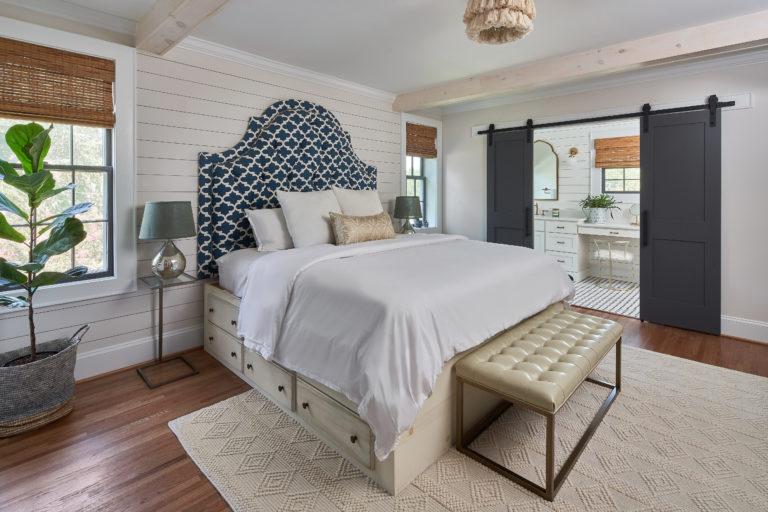
Remodel or Move: Think Long Term
Deciding whether to move or remodel is a big decision that will have long-term impacts on you and your family’s comfort and health. Trust in a Charlotte design and remodeling company that can help you navigate all of the possibilities that your home has to offer before deciding that you need to search for another place to live.
If you’d like professional advice on whether to remodel your current home or start house hunting, we’d be happy to discuss your specific options in more detail. Reach out today with this home remodeling form and we’ll be in touch shortly!
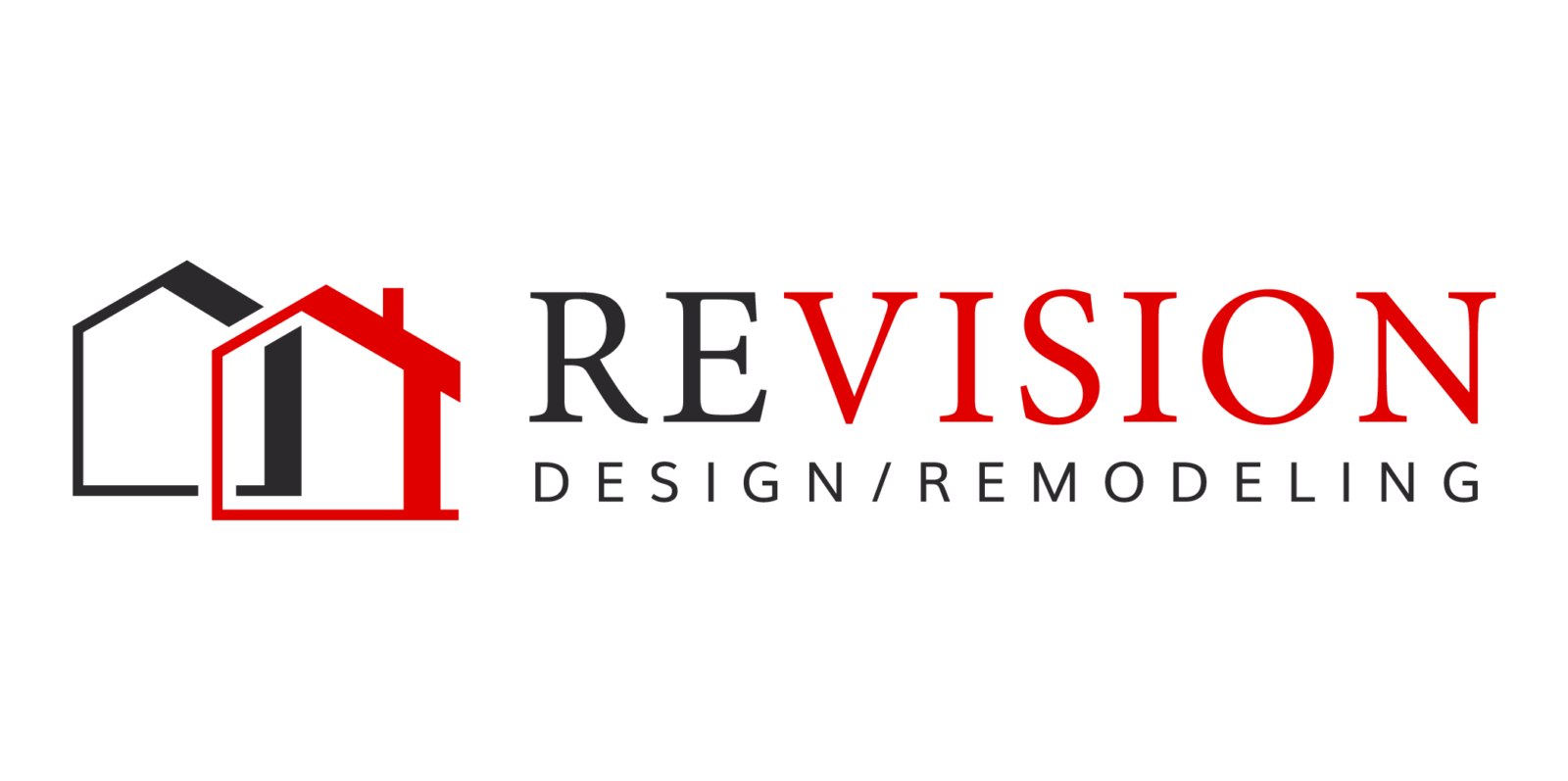



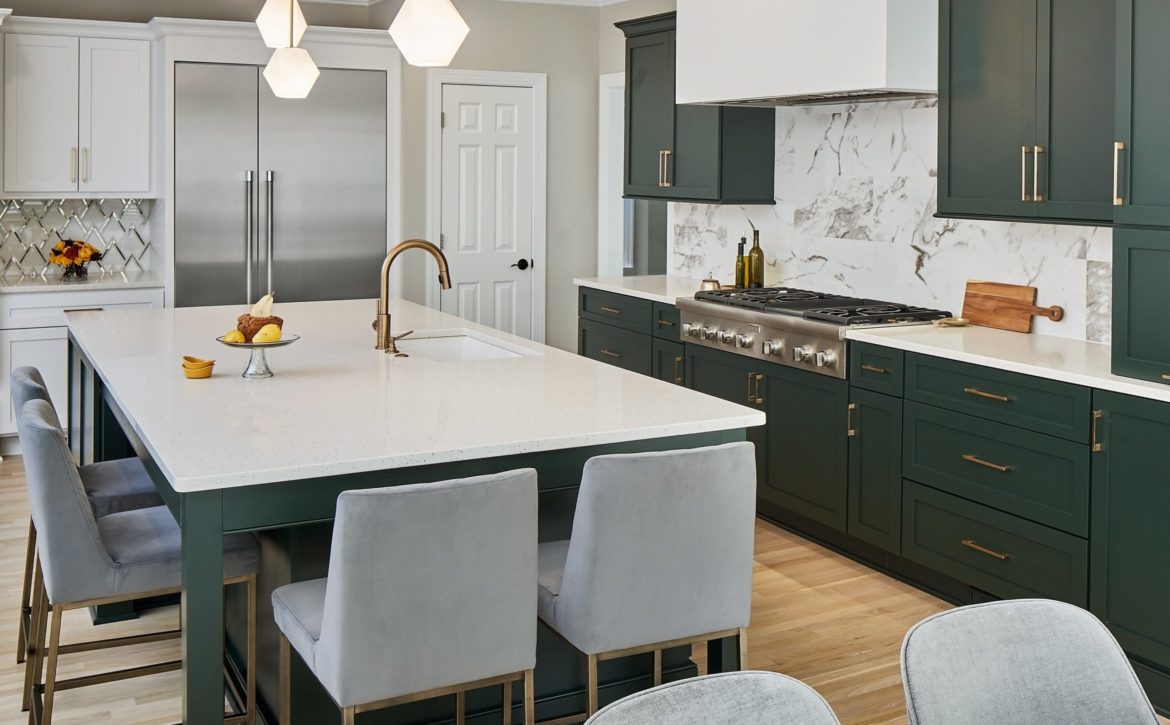
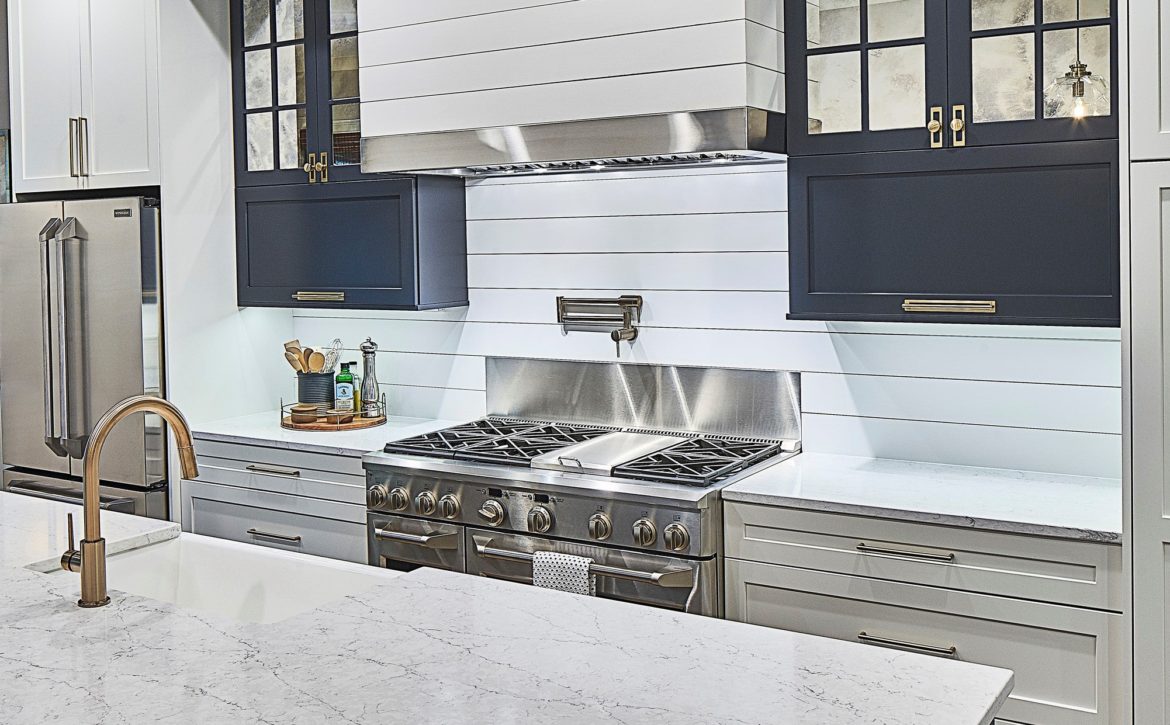
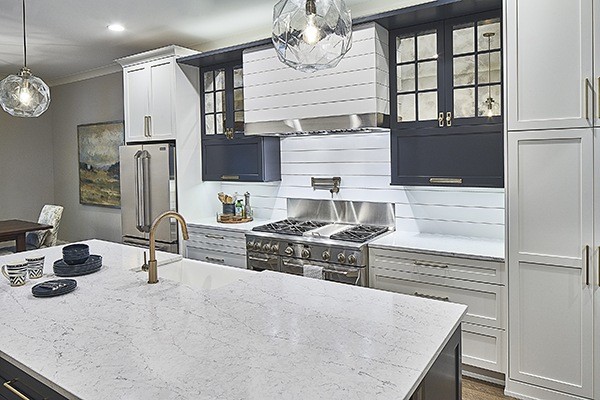
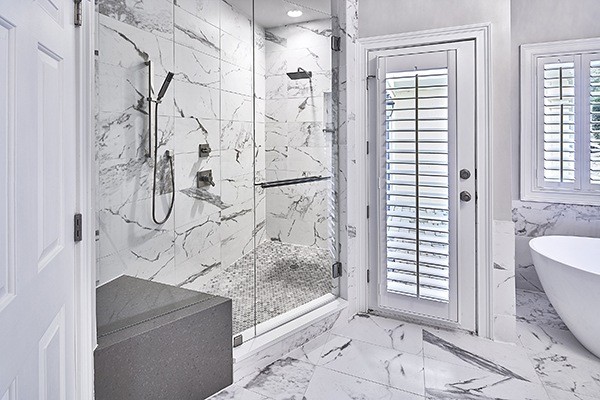
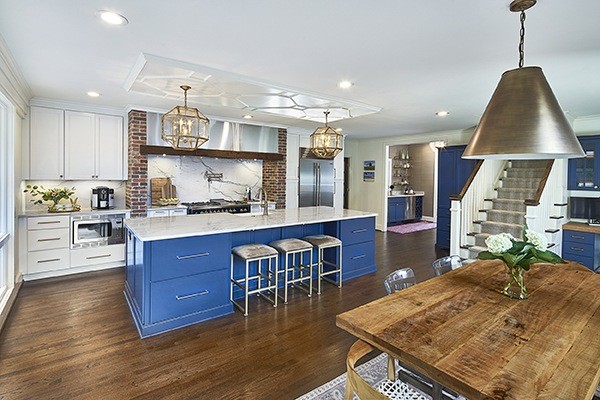
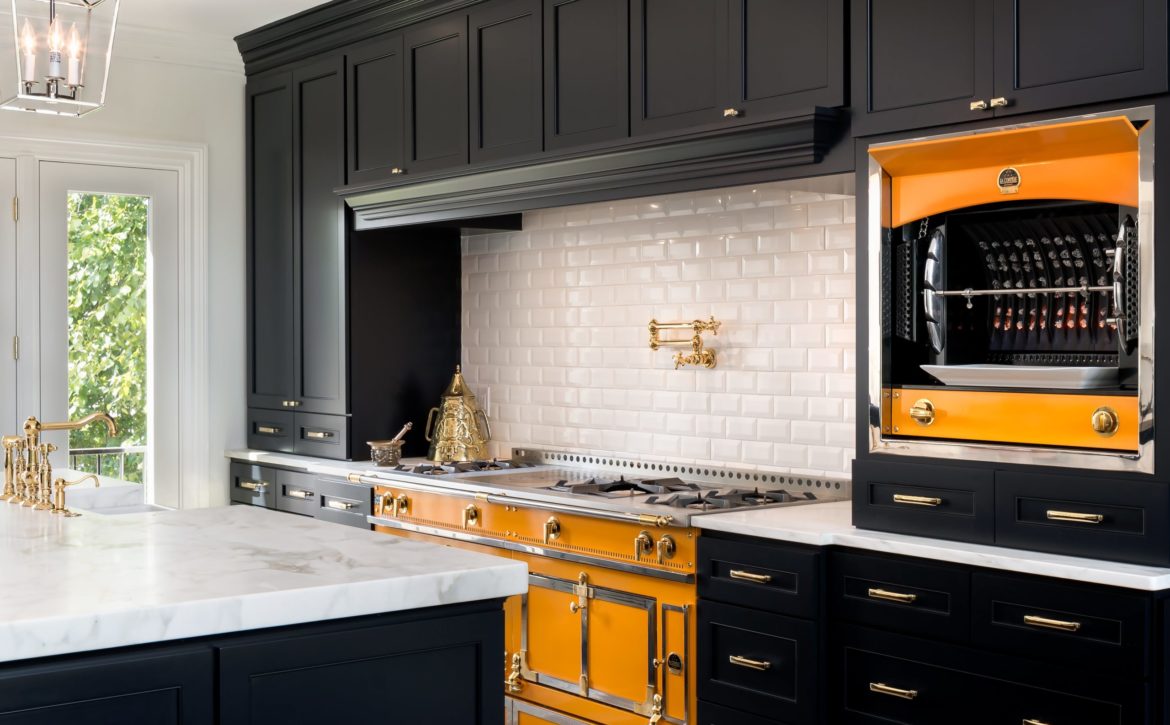
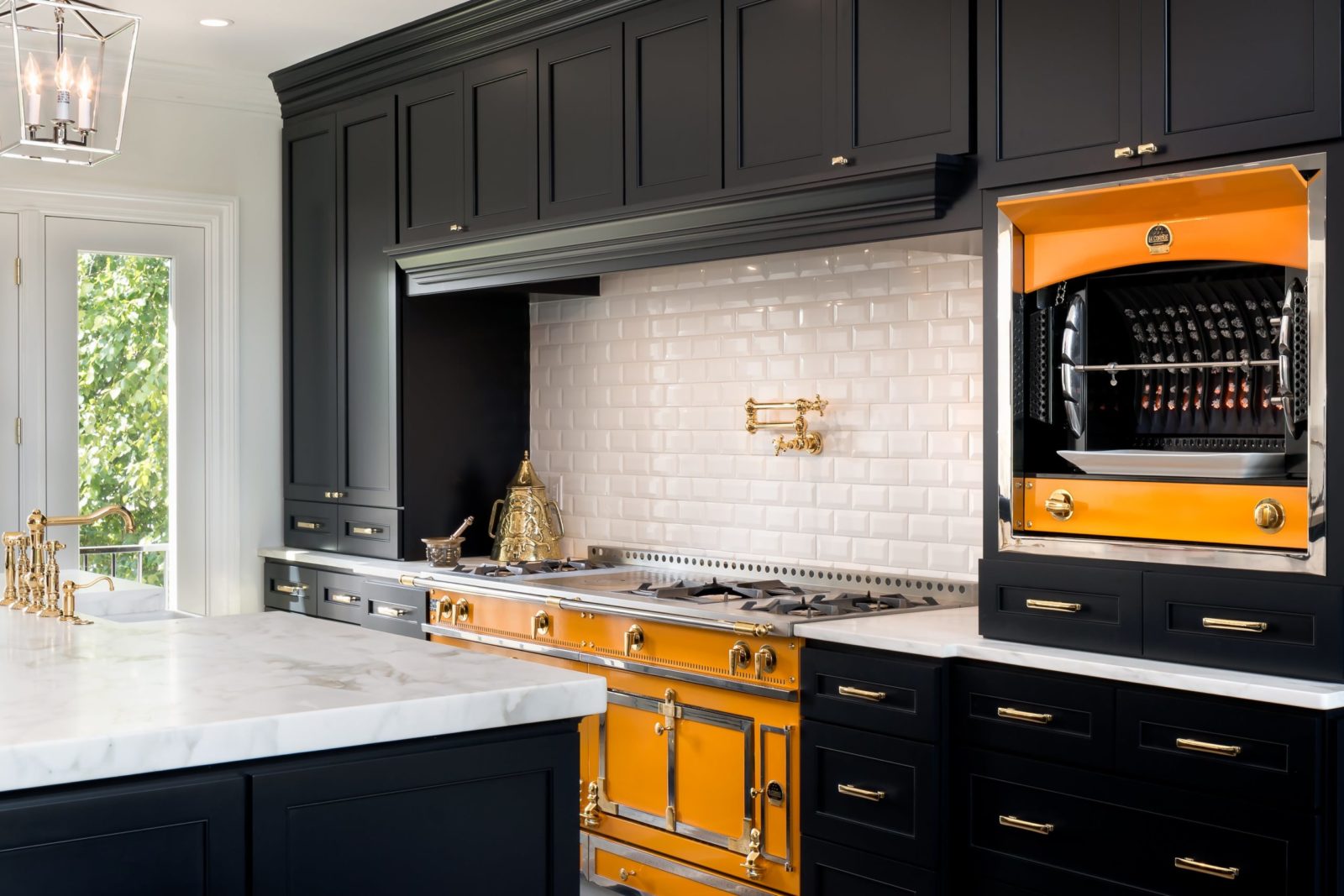
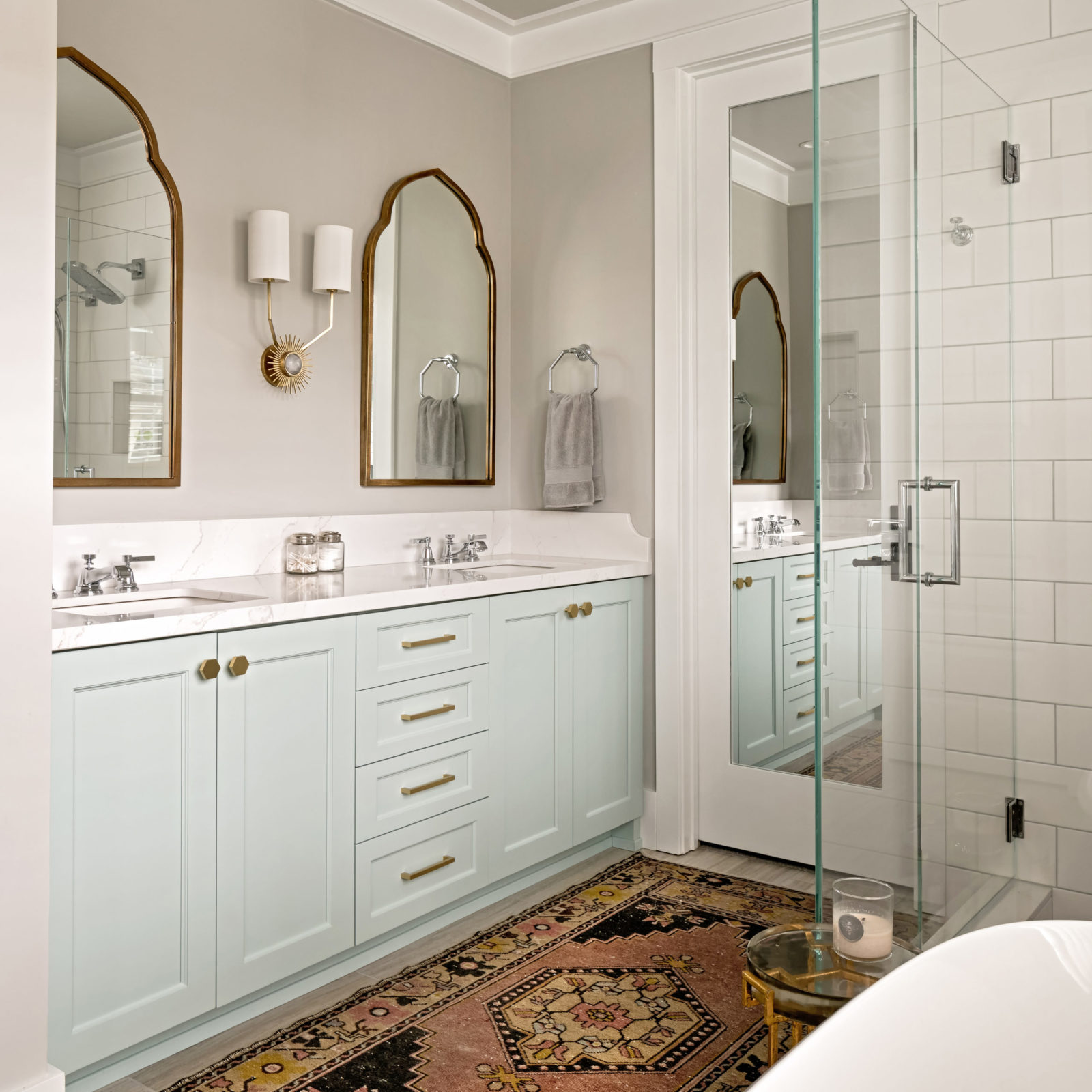
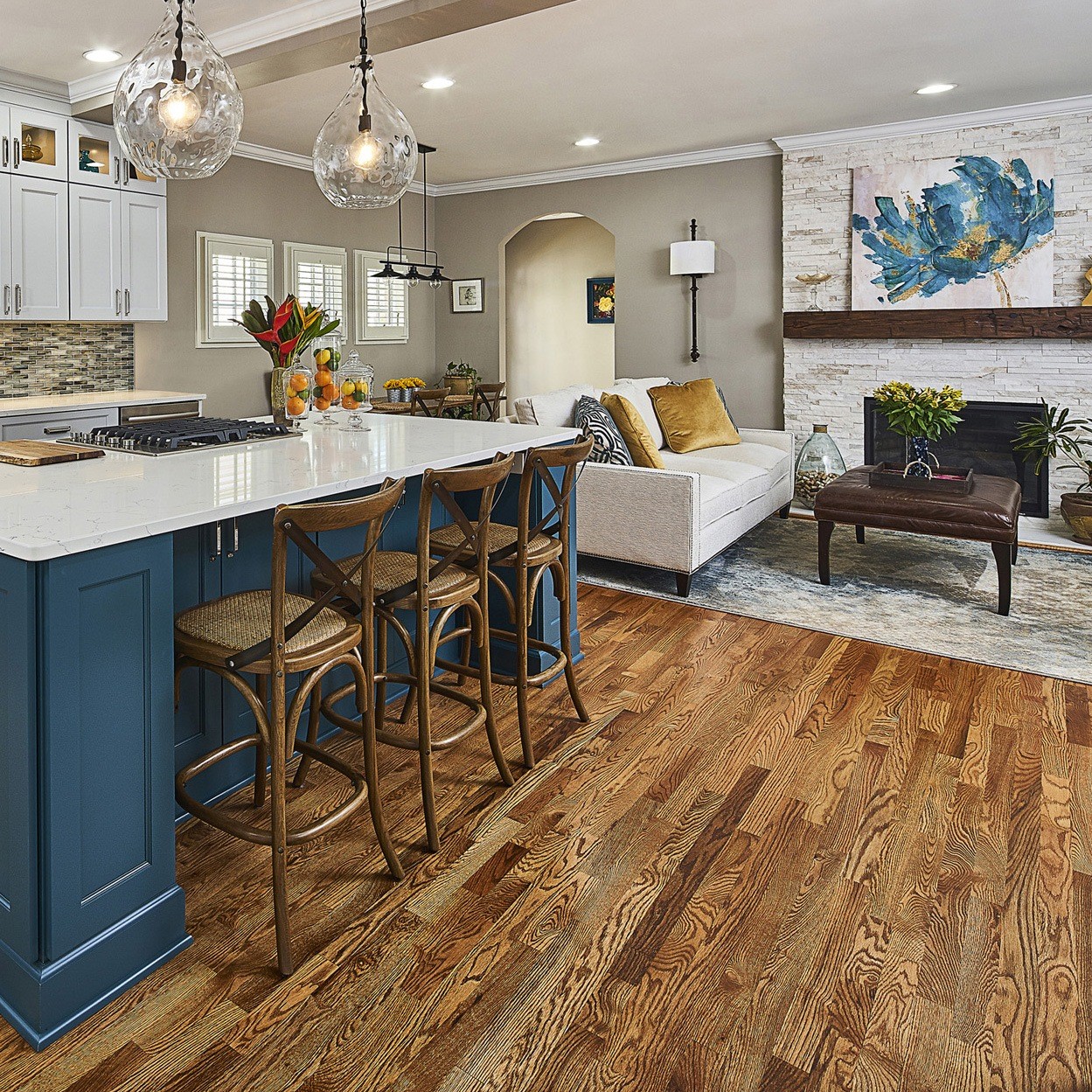

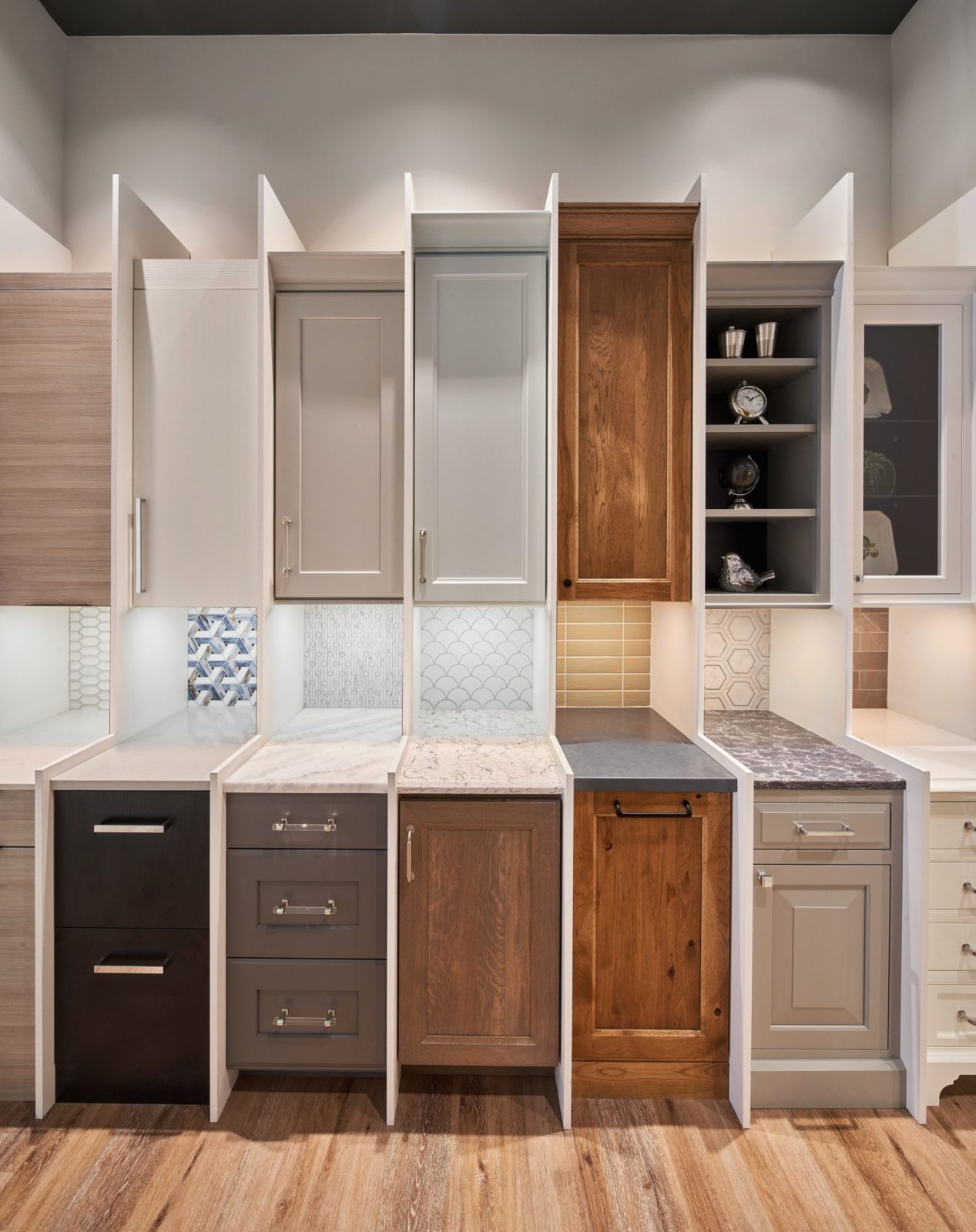
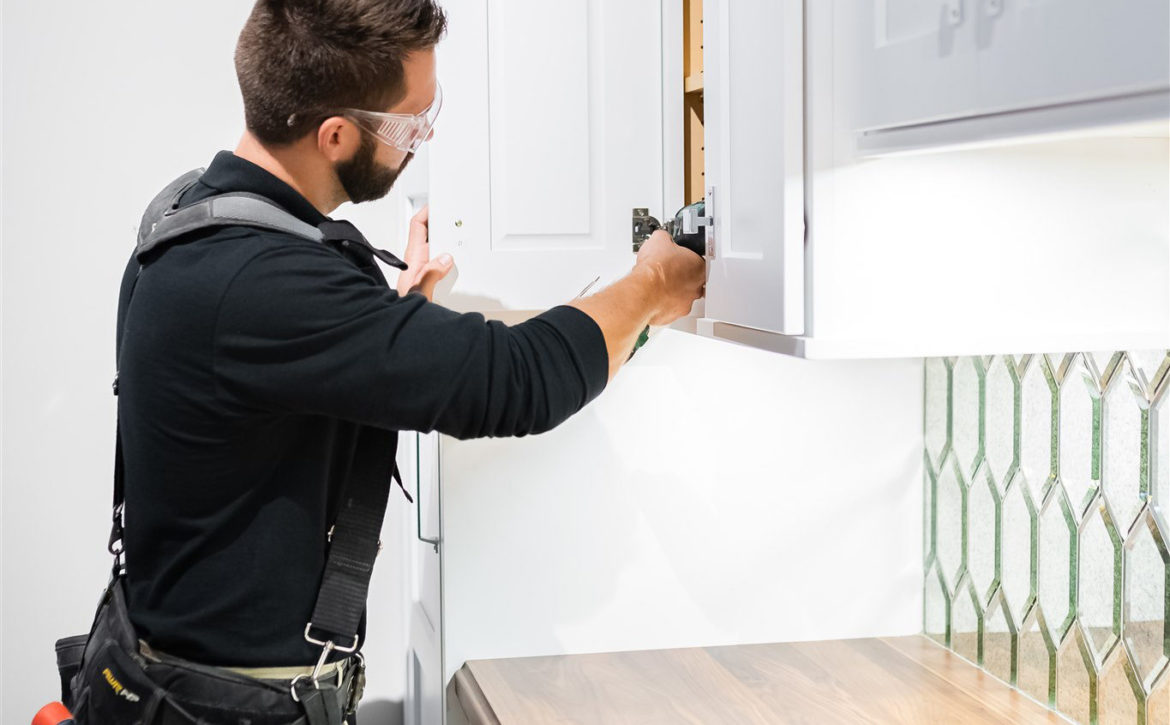
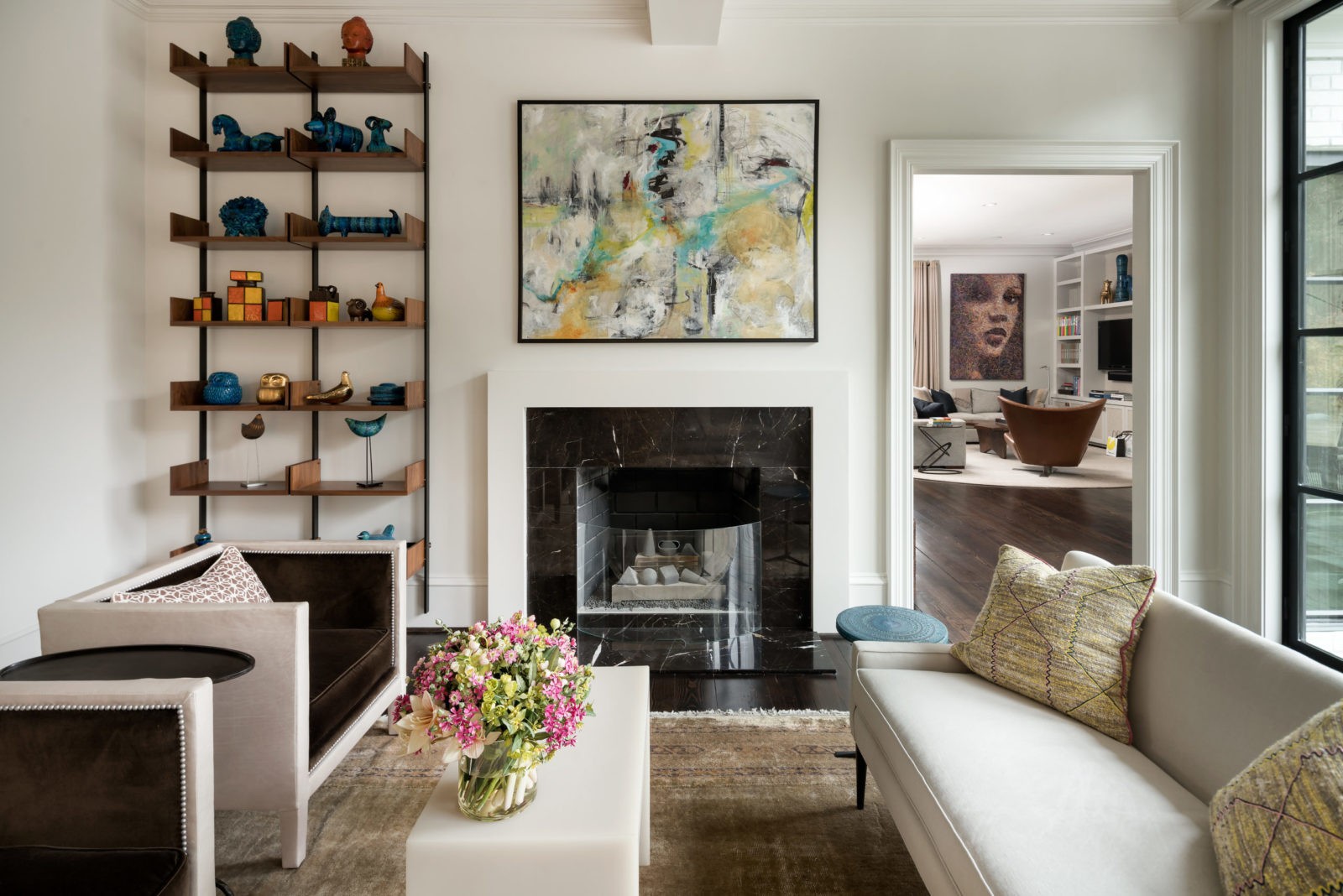
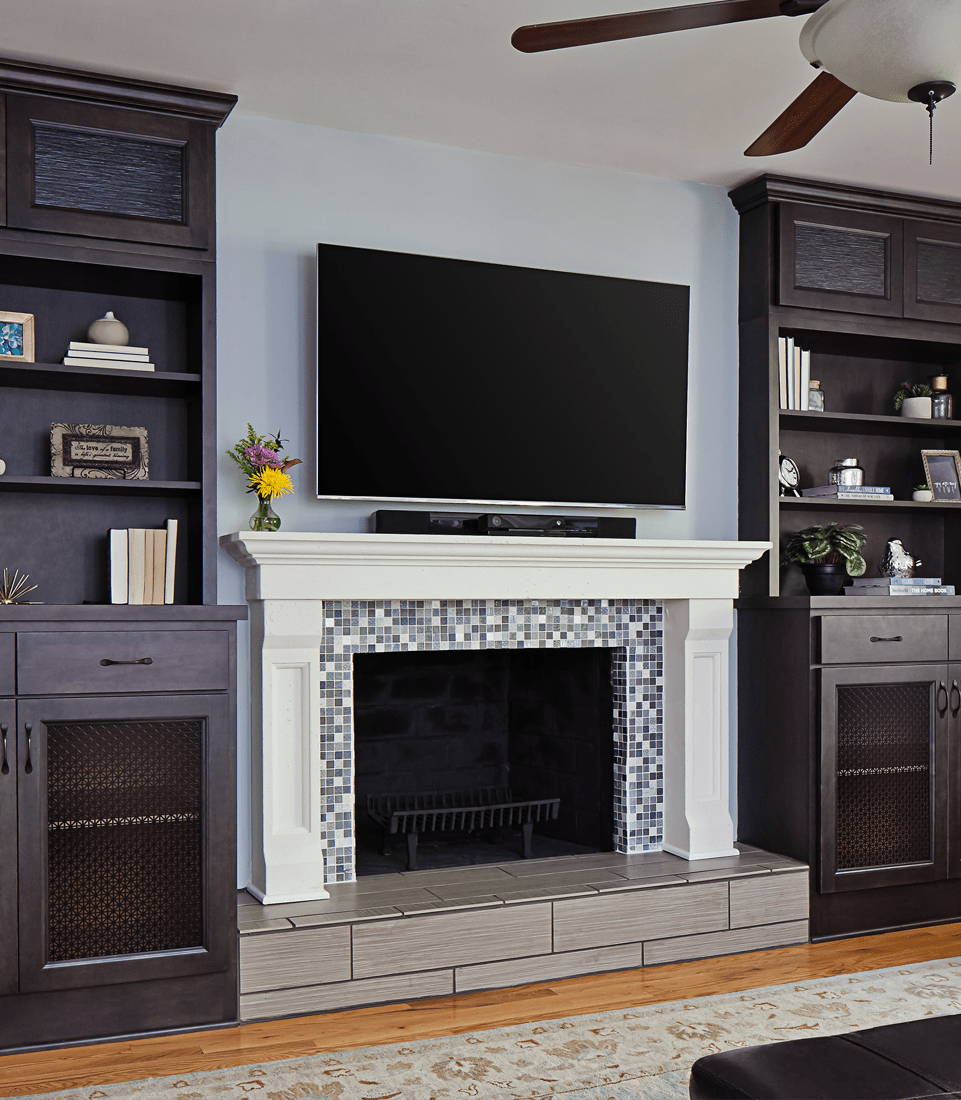
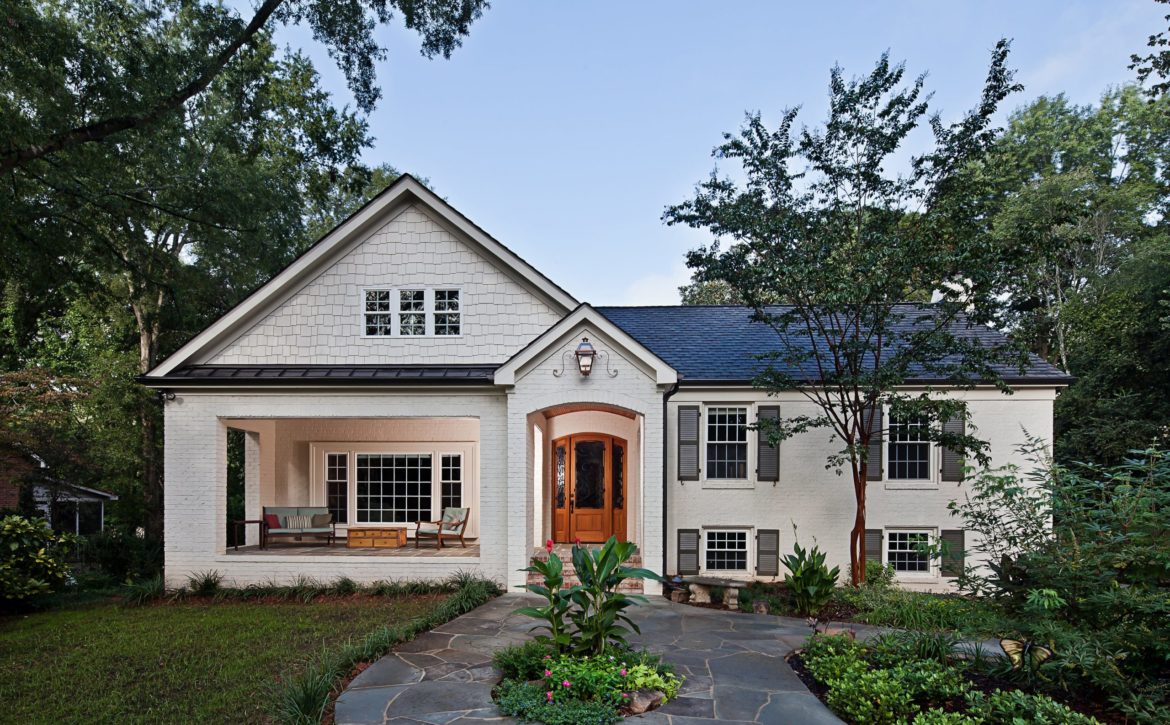
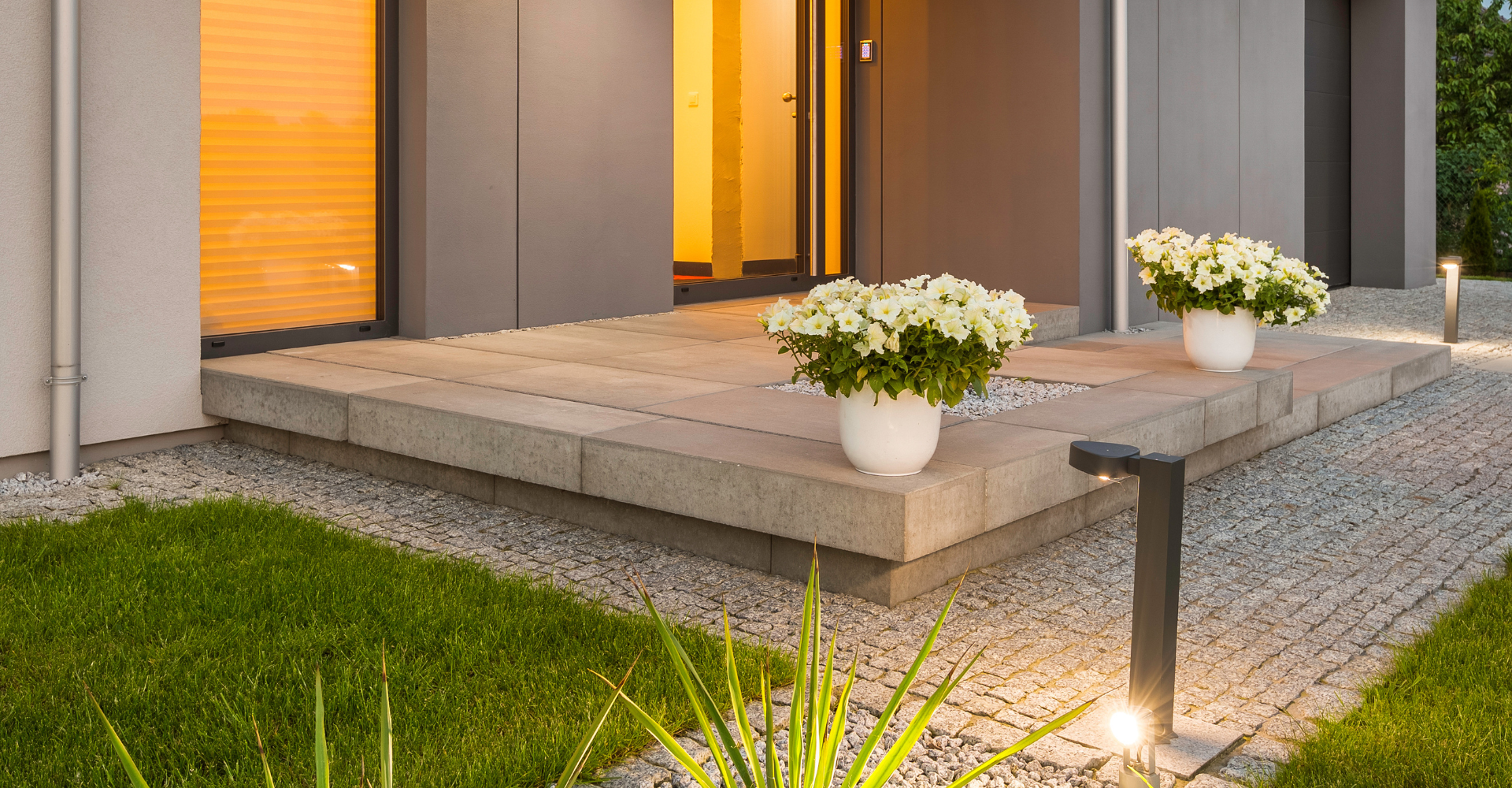
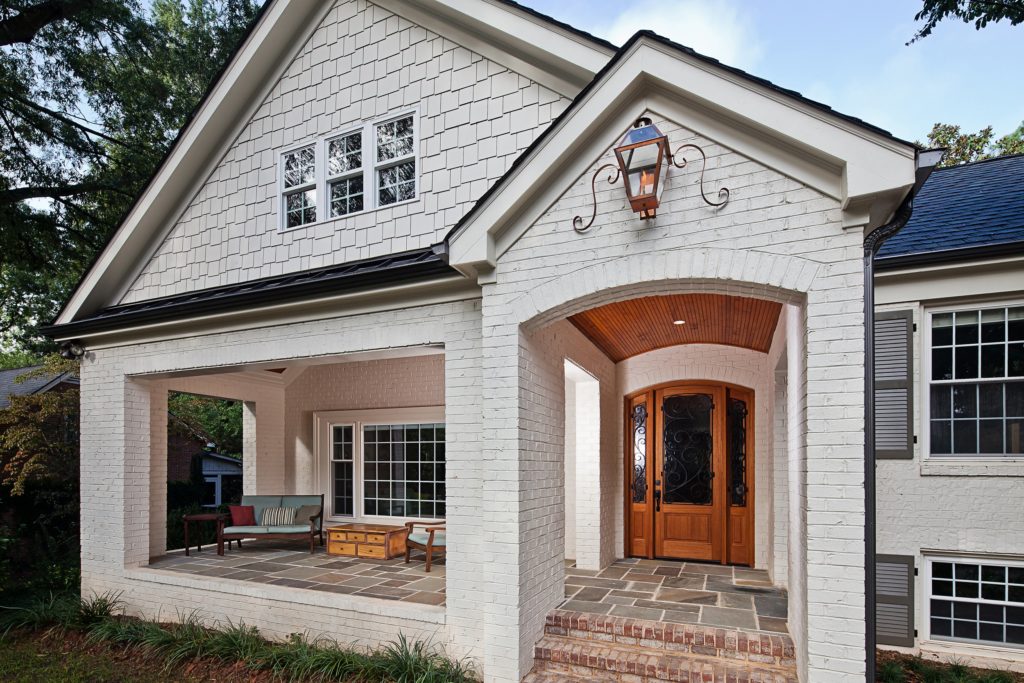
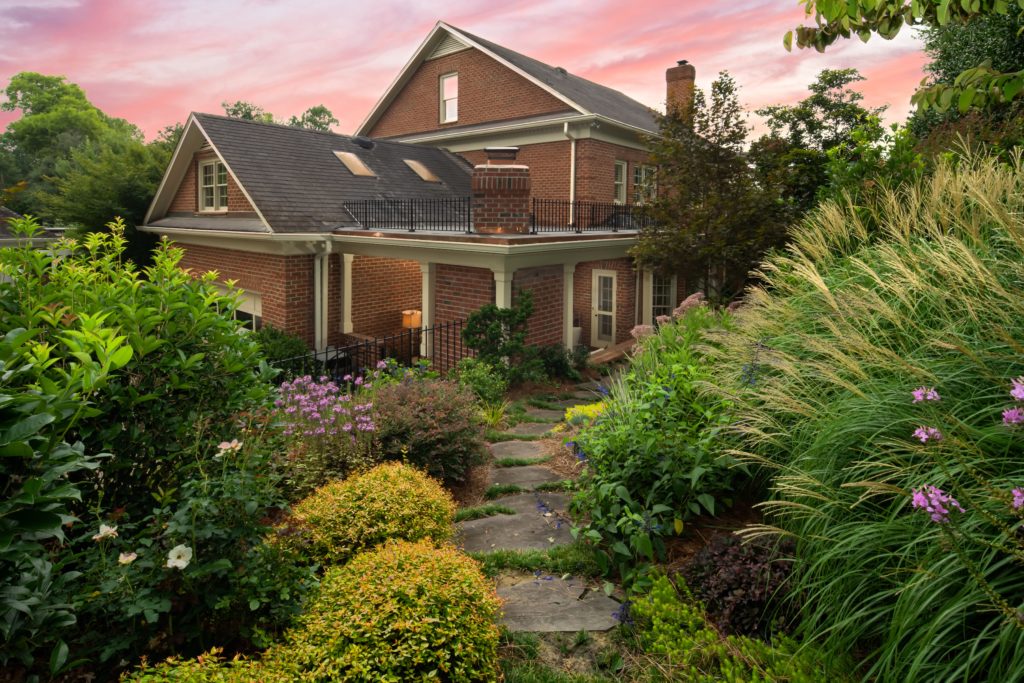
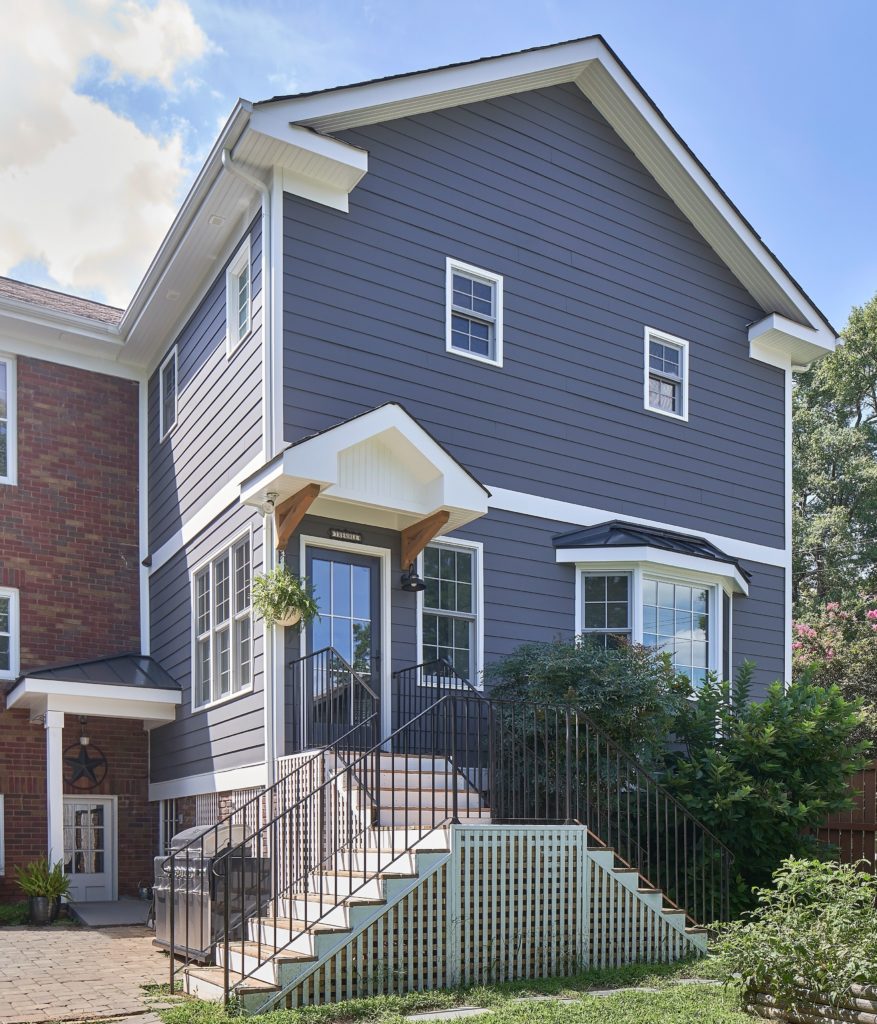
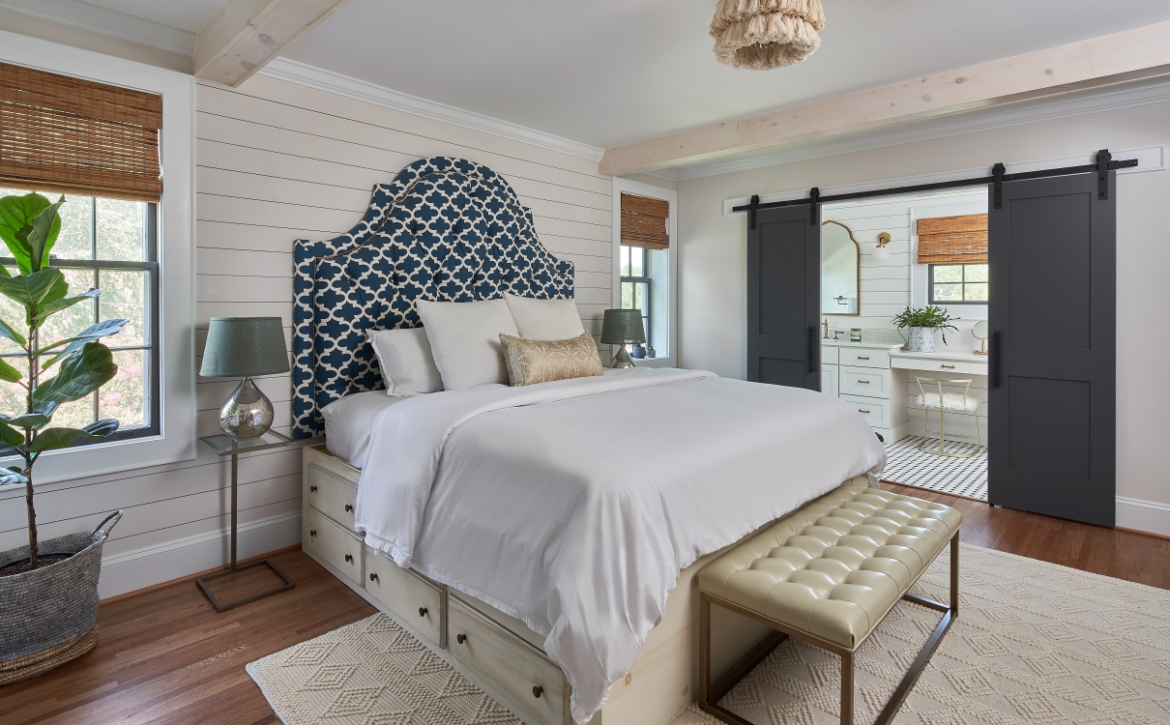
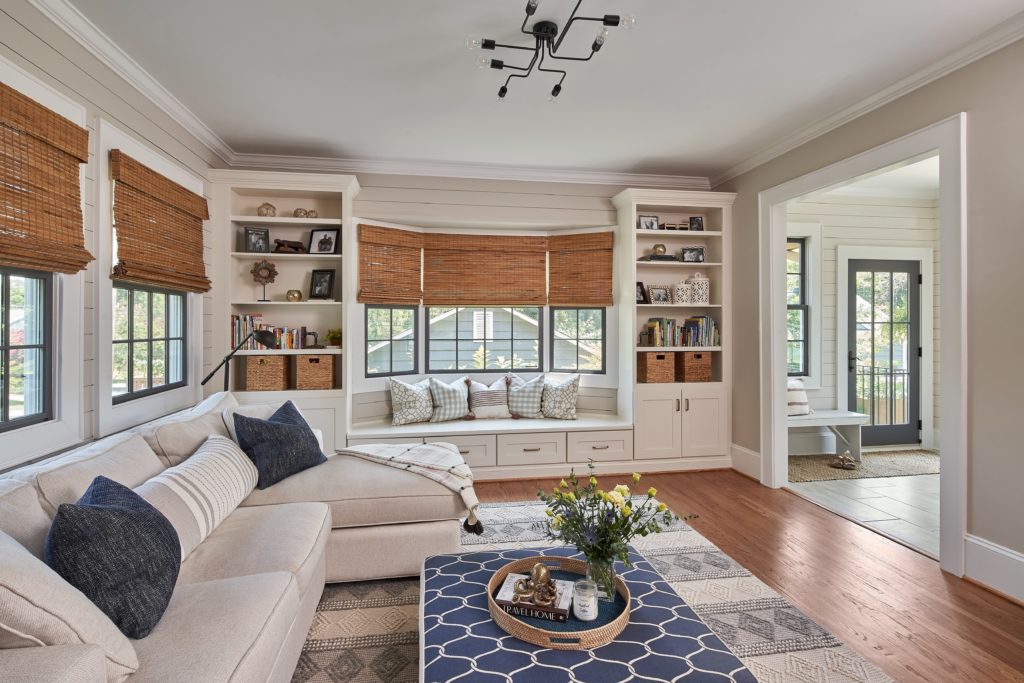
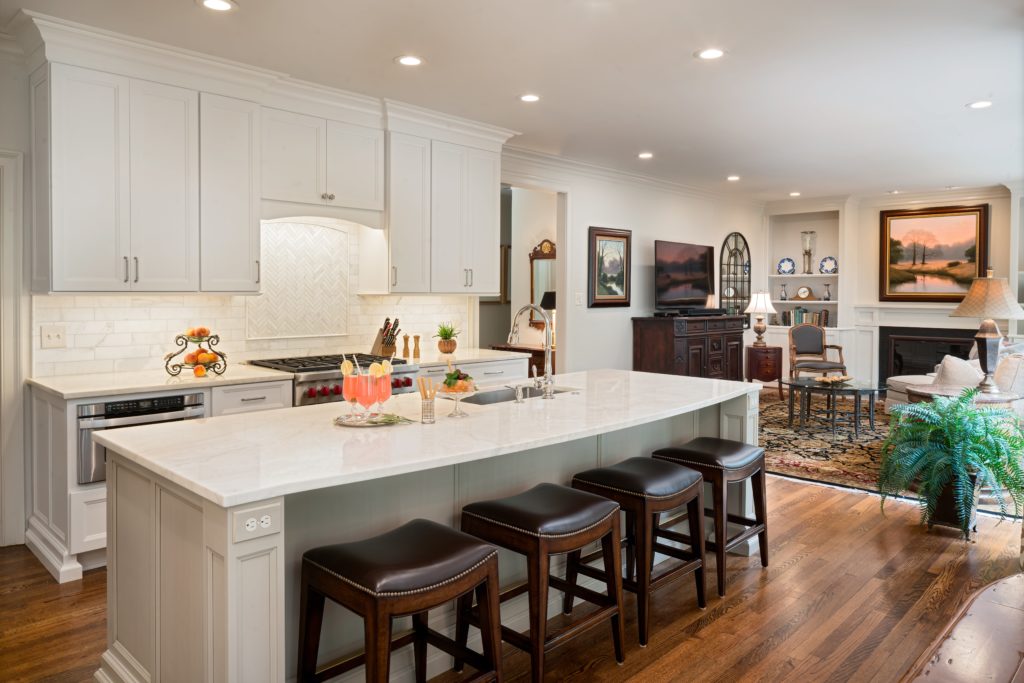
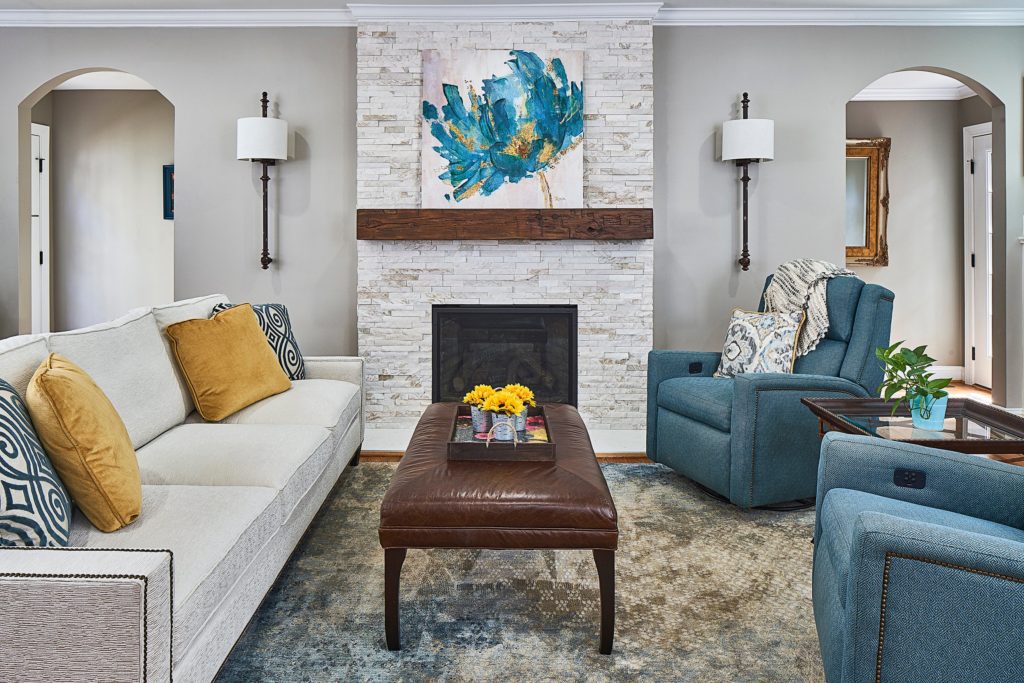 Considering a remodeling project and want to know you’re getting unparalleled quality and craftsmanship in the Charlotte area?
Considering a remodeling project and want to know you’re getting unparalleled quality and craftsmanship in the Charlotte area? 